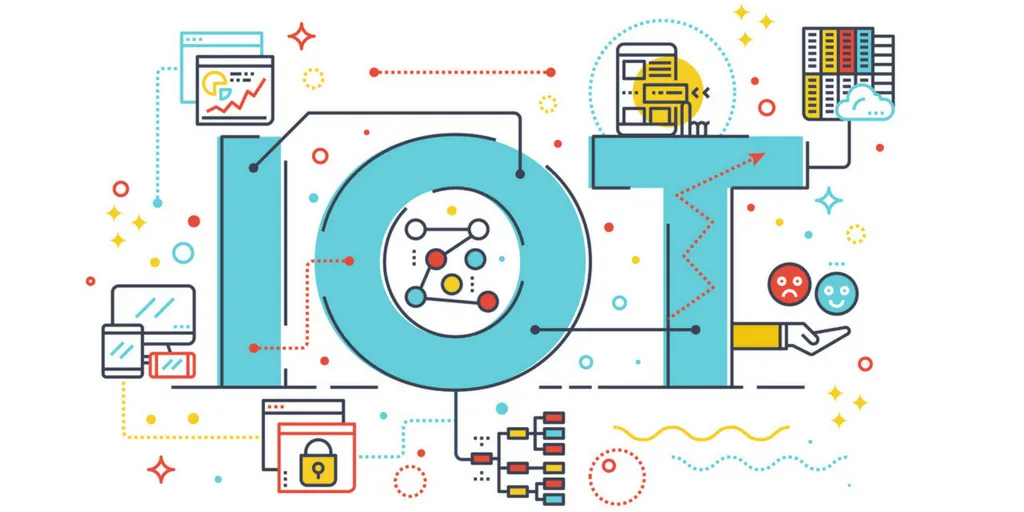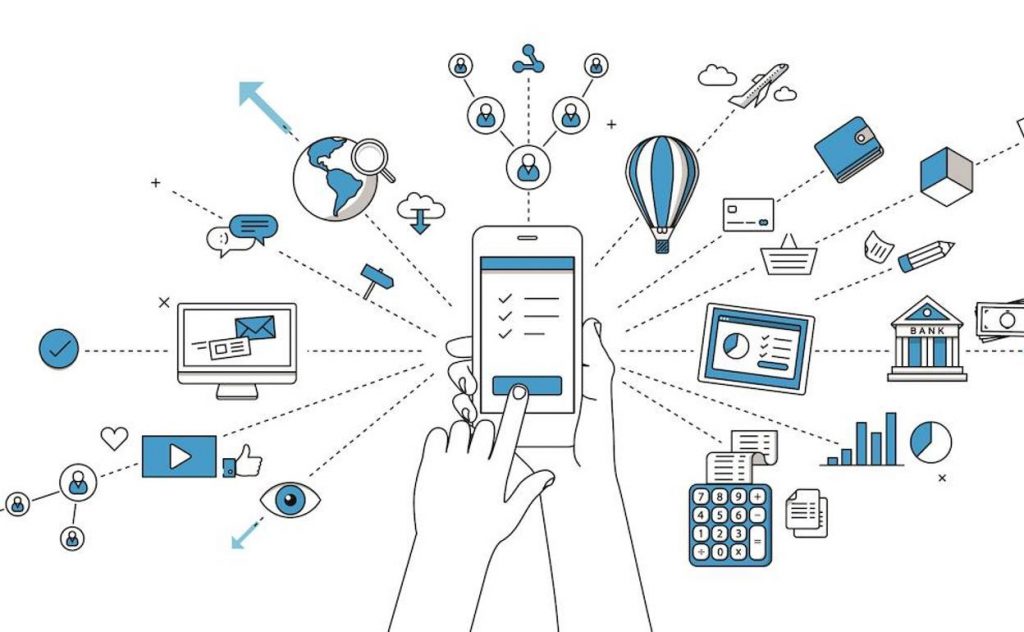
The Internet of Things (IoT) has become a revolutionary technology that is transforming how businesses operate and deliver services.
In fact, IoT is becoming more integrated every day and by 2025 it is expected that there will be 152,200 IoT devices connected to the internet per minute.
In this article, we tell you some keys to implement IoT in your business and how you can make the most of this technology.
Different ways to incorporate IoT in your business
There are many ways to incorporate the Internet of Things into your business. Here are some of the most common applications:
- Asset monitoring: IoT devices can be used to monitor the status of a company's assets, such as equipment, inventory and products, identify problems before they become costly failures and improve supply chain efficiency.
- Automation of processes and tasks: Using IoT devices will free up your employees' time to focus on more strategic tasks and reduce errors.
- Improved safety: IoT devices can be used to strengthen a company's security by monitoring access to facilities, detecting intruders and preventing accidents.
Challenges when implementing IoT in your business
There are many potential benefits of implementing IoT in your business such as increased operational efficiency, data-driven decision making, improved customer experience or supply chain optimization.
However, there are also challenges you should consider before implementing IoT in your business. Some of these challenges include:
- IoT is an expensive technology to implement. So consider the cost of the devices, infrastructure and software needed to create an IoT network.
- The Internet of Things collects a wealth of data about your customers. Be sure to comply with privacy laws and obtain your customers' consent before collecting or using their data.
- It can be a technology vulnerable to cyber attacks, so try to take steps to protect your IoT network from attacks, such as using firewalls and encryption.
Steps to integrate IoT in your company
If you're thinking about incorporating IoT into your business, here are some tips to help you get started:
1- Identify your needs:
What do you want to achieve by incorporating IoT in your company?
- Increase efficiency.
- Reduce costs.
- Improve customer service.
After identifying your needs, start looking for IoT solutions that will help you meet them.
2- Perform an analysis of your business:
What are the processes that could benefit from IoT? What data do you need to collect? What kind of devices do you need to install?
An analysis of your company will help you identify the most suitable opportunities to implement IoT.
3- Develop a plan:
Once you have defined the objective and performed the analysis, you can begin to draw up a plan to implement IoT.
This plan should include the following elements:
- The type of IoT devices you need to install.
- The data you need to collect.
- How you will store and analyze the data.
- How you will use the data to improve your processes.
4- Implement the IoT solution:
After choosing an IoT solution, it is key that you apply it in the right way.
This involves installing the IoT devices, configuring the network, collecting and analyzing the data. And also training your employees on how to use the IoT solution.
5- Evaluates the results:
To determine if the solution is meeting your expectations and providing the benefits you expected. If not, you can make changes to your plan.
IoT use cases in different industries
Here are some concrete examples of how companies are using IoT:
- A logistics company uses IoT sensors to track the location of its trucks in real time, improve supply chain visibility and ensure that products reach their destinations on time.
- One manufacturing facility makes use of IoT sensors to monitor the performance of its machines and identify potential problems before they cause downtime.
- A retailer uses IoT to collect data on its customers' shopping habits, personalize offers and improve the user experience.
- Healthcare companies use IoT to monitor patient data, provide personalized care and increase quality of care.
This can lead to optimized health outcomes and reduced healthcare costs.
- A supermarket uses IoT sensors to track the temperature of their food during transport, which has helped them reduce food waste by 10%.
So if you're looking for ways to increase efficiency, limit costs, improve customer service and innovate, the Internet of Things may be a good fit for your business.
And you, have you already integrated the Internet of Things in your business or, on the contrary, are you considering it?


